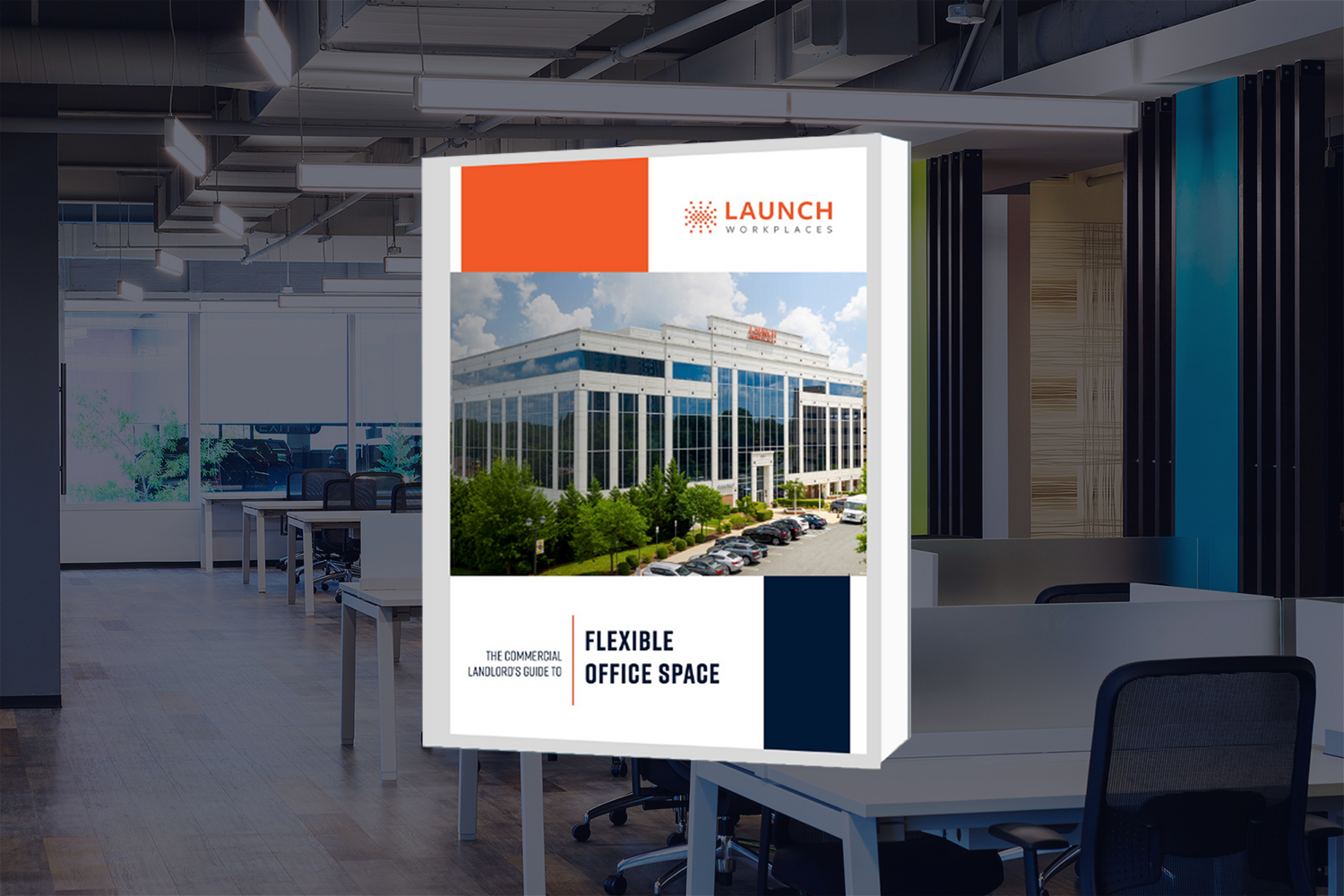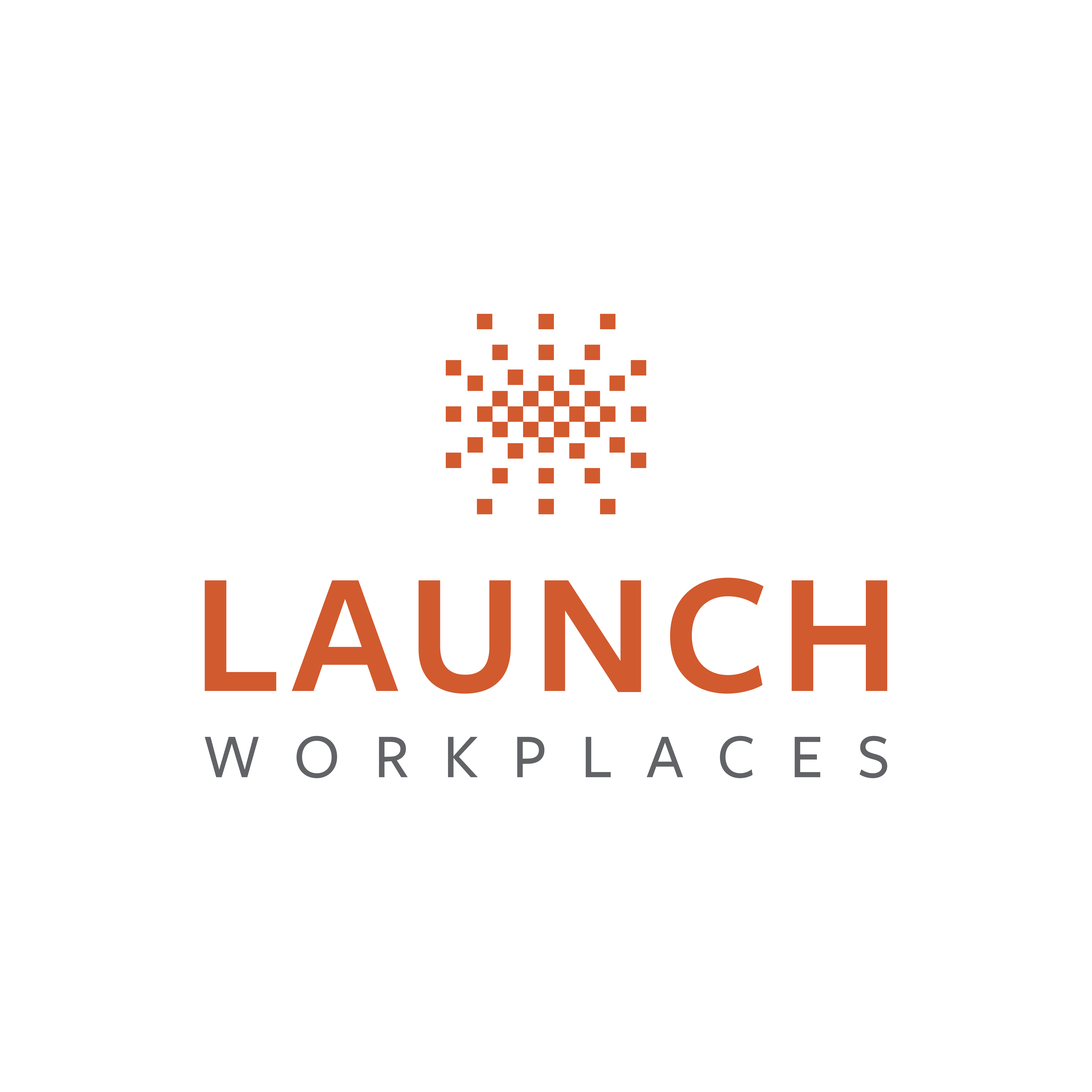For as long as I’ve been in this industry, commercial real estate has remained steadfast, seemingly immune to any long-term impacts from some of the most significant crises of our time.
And then, in the span of a few short months, I watched a global pandemic shake an unshakeable business to its core.
Could it have also altered the future of this entire industry?
COVID-19 Will Make Traditional Office Space Obsolete
Global organizations like Twitter, Shopify, and Upwork have already spearheaded what’s becoming known as the permanent remote work revolution. Other organizations are sure to follow suit.
And I firmly believe that the outcome will be a drastic drop in the need for physical workspace in its traditional form.
I don’t say this because I’m the CEO of a coworking business. My beliefs are rooted in objective facts alone.
Think of it this way.
If a company can cut back on the overhead costs of an office — inarguably one of the single biggest expenses for most businesses — it’ll gladly jump at the opportunity.
And even with only a portion of their employees working from home a few days a week, you can expect many businesses to reduce their physical footprint forever.
Suddenly, the traditional 10-year lease on a 10,000 square foot office will become obsolete — in turn, I believe, putting a ton of commercial landlords in an unprecedented position.
But while office space as we know it — and the way it’s historically been leased — are likely in for an overhaul, I don’t think that spells disaster for commercial real estate.
On the contrary, I believe it simply means this legacy industry will need to take on a new, more modern mindset to succeed.
Workspace Will Never Be Out of Demand, It Will Just Be Different
Here’s what I mean by that.
Despite the likely decision by many businesses to shift towards a remote workforce, you can bet that workspaces will stay in demand.
Why?
Interaction is Human Nature
People are social beings. We crave interaction and connection.
So, while many employees didn’t mind working from home in the short-term, you can expect that it just won’t work for a lot of people in the long run.
And there are business-focused considerations for human interaction as well.
One is the importance of maintaining corporate culture within organizations and the reality that virtual alternatives simply don’t carry the impact as in-person initiatives.
Another is the nuances of doing business in person. The value of a face-to-face meeting carries undeniable value in building relationships and trust.
As somebody who’s been in the commercial real estate business for X years, it’s my first-hand experience that deals aren’t done without at least some sort of in-person contact first.
So, whether companies need private offices for satellite teams, flex desks for remote employees, or conference rooms for team meetings or hosting clients, I expect that the demand for flexible office space will see a steady rise in years to come.
There Are Still Downfalls to the Distributed Workforce
It’s not just the need for interaction that will keep people flocking to workspaces. The concept of a distributed workforce has worked so far, but is it feasible forever?
I’d suggest that there’s a good chance it isn’t.
For many people who started working remotely during COVID-19, it’s because they were forced to. And because the pandemic dealt a serious blow to employment levels around the world, many newly-remote employees were likely working extra hard trying to safeguard their jobs.
But in the years post-COVID, I think this is liable to change. When the fear is behind us and people get more comfortable being at home, my belief is that businesses could see a dip in efficiency among their newly-minted distributed workforce.
On the other hand, a flexible office environment provides an air of professionalism and structure. And structure helps people stay focused and accountable.
Flexibility Will Be the Future of Commercial Real Estate
So, if the traditional office is becoming obsolete but the need for a workspace likely won’t go away, what’s the ultimate outcome for businesses and for commercial real estate by extension?
An environment where the flexible thrive and the laggards fade away.
Flexibility Should Be Both an Immediate and Long-Term Consideration
I have a question for you.
After this pandemic is said and done, how will your tenants feel about you?
Did you give them as much relief as you could offer? Or were you a stickler who was inflexible and unwilling to help them out?
For many landlords, financial structuring might not allow for flexibility. But for others, the opportunity to support their tenants may be available but ignored.
Whether your tenants’ leases are up for renewal in three months or three years, you can bet they’ll consider how you treated them when the time comes to re-sign.
Consider every option to help your tenants now. It’ll pay off.
A New Way of Looking at Leases
Here’s where I think things are going to get really interesting.
The amount of debt on commercial real estate is in the trillions of dollars. And for both landlords and financial institutions, there’s a challenging time ahead.
Given the outlook for traditional office space for the foreseeable future, the volume of tenants willing to sign long-term leases is certain to drop.
And for commercial real estate owners who can’t offer one-year leases without the risk of being in breach of their financing terms, this will be a tough situation.
The way forward is unclear but the writing’s on the wall: a change will need to be made.
And I’m eagerly waiting to see how that happens.
Individual Space Requirements Will Change
Over the years, I’ve seen the average square footage allotted per worker drop from around 200 to about 150 square feet.
But with new social distancing measures in place, it’s not farfetched to expect that the GSA may mandate a new minimum of 225 square feet per person or more. This wouldn’t surprise me in the slightest.
And with the pandemic causing so much volatility and uncertainty, it’s challenging to anticipate if these regulations will still apply in 10 years let alone two years.
For businesses that still want some form of office space for their employees, this will make it hard to justify signing a traditional long-term lease.
And for commercial landlords, it highlights an opportunity to shift to a more flexible — and profitable — model.
Flexibility is a Premium Which Means Landlords Have a Profitable Opportunity Ahead
Despite the uncertainty swirling in the commercial real estate industry right now, I can say one thing with absolute certainty.
Commercial landlords have a significant opportunity to make a profitable transition in their approach to leasing their spaces.
How do I know this? Because Launch Workplaces has been helping them do it for years. And the formula fits even better now than ever before.
And that’s because flexibility demands a premium.
Here’s an example.
As a commercial landlord, I might have previously been able to offer 10-year leases at an average of $20 per square foot with annual escalators, for instance.
But with flexible office space, I might suddenly be able to offer you a one-year lease at $32 per square foot. And I’d still have the opportunity to increase pricing with demand growth and faster turnover.
And best of all? I, as the landlord, won’t have to worry about the cost of a new build-out for each new tenant.
After all, I’ve seen that many tenants already value flexibility more than low pricing. And in this current global climate, I only see that becoming more common.
And there’s another thing to consider: if I’m a commercial landlord and I lost a 10,000 square foot tenant today, how long would it take me to replace them?
You need to start asking yourself these questions now so that you can adapt to what’s coming.
Activate Your Building by Transforming It Into a Professional Hub
Whether you have ten-year leases, one-year leases, or a mix of both, one important question still remains: what are you going to do to make sure your tenants stick around?
The key to keeping tenants is to transform your property into a hospitality center rather than another spiritless office space. By activating your building, you can provide value for your tenants in the form of professional development, networking opportunities, and community.
At Launch Workplaces, we’ve spent years perfecting our Launch Management Methodology, a turnkey flexible office formula that we collaboratively implement with commercial landlords to help transform their properties into profitable professional communities.
To learn more about our Launch Management Methodology and how you can benefit from activating your building, you can read more here. Or, if you’d prefer to speak with a real person, I head up our landlord partnerships and I’d be more than happy to walk you through our entire program.




